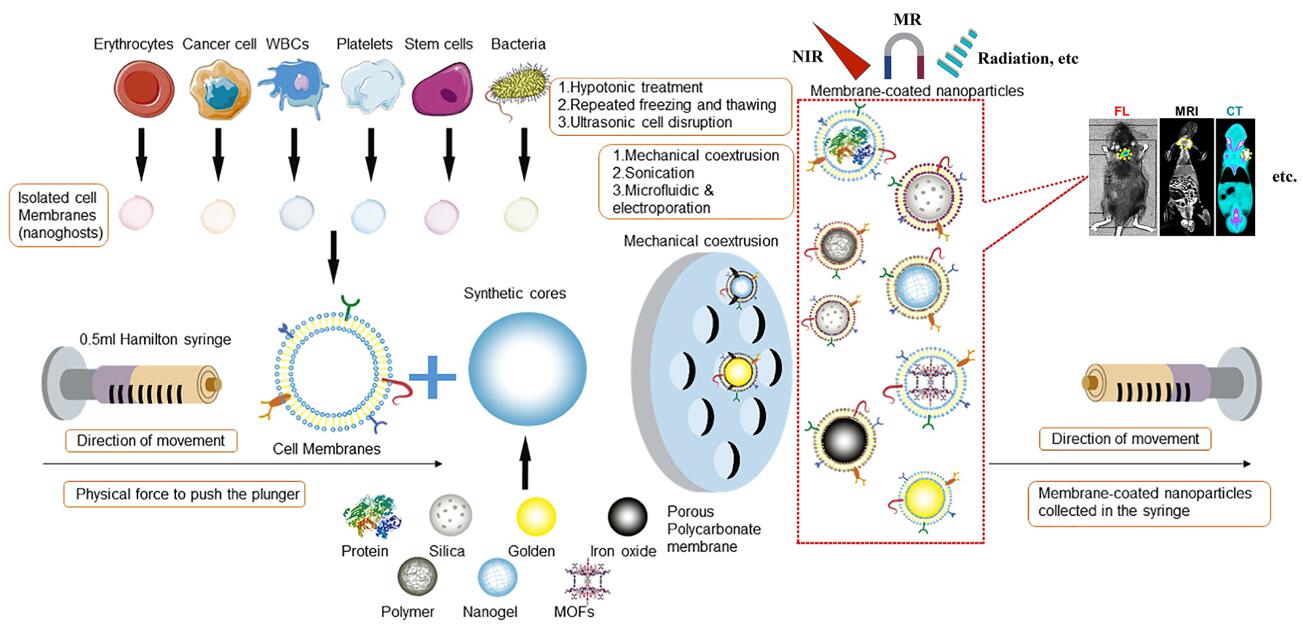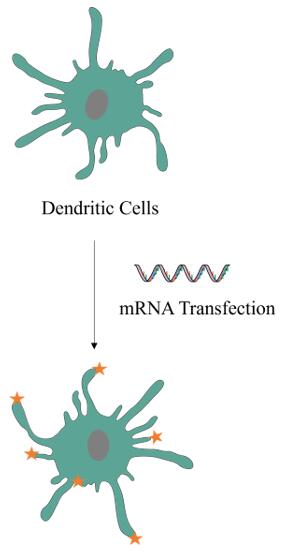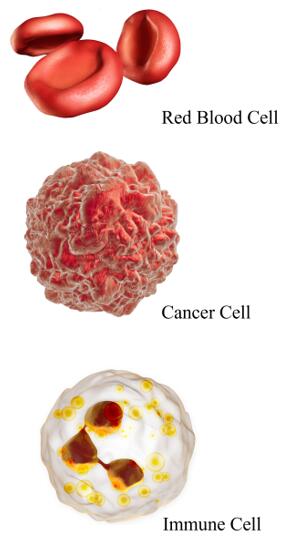Cell-Based Vector Development for Nucleic Acid Delivery
InquiryBacked by over a decade of experience, CD Formulation helps pharmaceutical and biotech clients solve the complex delivery challenges associated with nucleic acid drugs. Leveraging the intrinsic properties of cell-based vectors, our goal is to enable the localized and sustained release of therapeutics like DNA, RNA, and other genetic payloads for treating a wide range of indications.
Roles of Cell-Based Vectors in Nucleic Acid Delivery
Cell-based vectors have emerged as a promising approach to delivering therapeutic nucleic acids like DNA and RNA to targeted tissues. These vectors utilize whole living cells, either autologous or allogeneic, that have been engineered to stably express or encapsulate the nucleic acid of interest. When administered, the cell-based vectors naturally home to desired sites in the body guided by the intrinsic migratory properties of the cell type used. They offer advantages over traditional viral and non-viral systems through improved safety profiles, lack of immunogenicity concerns, and the potential for regulated and sustained nucleic acid release.
 Physical co-extrusion method to develop biomimetic nanoparticles (Zhu L.; et al. 2022)
Physical co-extrusion method to develop biomimetic nanoparticles (Zhu L.; et al. 2022)
How Do We Use Cell-Based Vectors to Deliver Nucleic Acids?
|
Cell Engineering and Customization
- Isolate cells of interest from donor tissues or cell lines.
- Engineer cells to stably express therapeutic nucleic acids through viral transduction or transfection of expression vectors.
- Expand and culture modified cells to obtain adequate doses for administration.
- Harvest and formulate engineered cells in the optimum buffer or carrier for storage, handling, and delivery routes.
- Characterize cell products for viability, phenotype, nucleic acid expression and release profiles.
- Validate the ability of cells to migrate, engraft and secrete therapeutic payloads at target sites.
|
|
Development of Biomimetic Nanoparticles Based on Cell Membranes
- Isolate cell membranes from the desired cell type.
- Prepare core nanoparticles encapsulating nucleic acid drugs or vaccines.
- Coat nanoparticles with an isolated cell membrane.
- Characterize coated nanoparticles for size, morphology, and membrane protein expression.
- Evaluate the biocompatibility and cell-targeting capabilities of coated nanoparticles.
- Assess nucleic acid delivery efficiency and therapeutic efficacy in relevant models.
- Optimize formulation and process for enhanced performance.
|
Our Biomimetic Nanoparticle Preparation Technologies
| Mechanical Extrusion |
- Cell membranes are first extracted from donor cells and mixed with preformed drug-loaded nanoparticles.
- This nanoparticle-membrane mixture is then subjected to mechanical extrusion, where the solution is passed repeatedly under high pressure through filters with pore sizes smaller than the desired particle diameter.
- The membrane fragments into smaller vesicles that self-assemble around a single nanocore template, resulting in monodisperse and uniform biomimetic nanoparticles.
|
| Ultrasound |
- The cavitation bubbles generated by ultrasonic waves are used to destroy the membrane structure and form vesicles.
- The vesicles are incubated with the nanoparticles, allowing the membrane to reorganize around the nanoparticles.
- In order to improve the wrapping effect and reduce protein denaturation, various parameters need to be adjusted, such as ultrasound power, frequency, and duration.
|
| Microfluidic Electroporation |
- Nanoparticles and cell membrane vesicles are injected into the microfluidic chip from two inlets respectively, and then completely mixed in the S-shaped channel.
- When the mixture flows through the electroporation zone, the action of the electrical pulse causes small pores to be instantly created in the membrane, and the nanoparticles enter the membrane through the small pores.
- By fine-tuning parameters such as pulse voltage, duration, and flow rate, nanoparticles with good coating and high stability can be obtained.
|
Advantages of Our Cell-Based Vector Development Services
- Targeted delivery of nucleic acids to specific tissues or disease sites using cell-homing properties.
- Ability to incorporate various nucleic acid payloads including DNA, mRNA, and non-coding RNA.
- Live cell vectors provide a controlled and sustained release of therapeutic molecules.
- Utilization of autologous or allogeneic cell sources reduces safety and immunogenicity concerns.
- Personalized medicine approach by tailoring cell and nucleic acid selection.
At CD Formulation, our scientists have extensive expertise in proprietary cell engineering and analytical characterization of live cell therapeutics. Whether you need assistance with proof-of-concept studies, process development, or late-stage services, we can provide full support across your program. Please contact us to discuss your project needs!
References
- Zhu L.; et al. Cell membrane camouflaged biomimetic nanoparticles: Focusing on tumor theranostics. Mater Today Bio. 2022, 14:100228.
- Han S.; et al. Biomimetic cell membrane-coated DNA nanoparticles for gene delivery to glioblastoma. J Control Release. 2021, 338:22-32.
- Torres-Vanegas J.D.; et al. Delivery systems for nucleic acids and proteins: barriers, cell capture pathways and nanocarriers. Pharmaceutics. 2021, 13(3):428.
Related Services


 Physical co-extrusion method to develop biomimetic nanoparticles (Zhu L.; et al. 2022)
Physical co-extrusion method to develop biomimetic nanoparticles (Zhu L.; et al. 2022)
